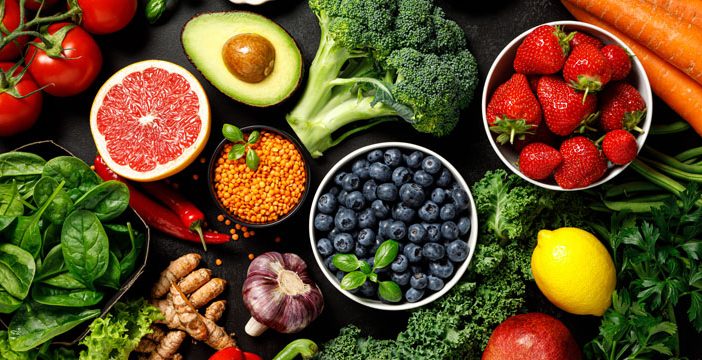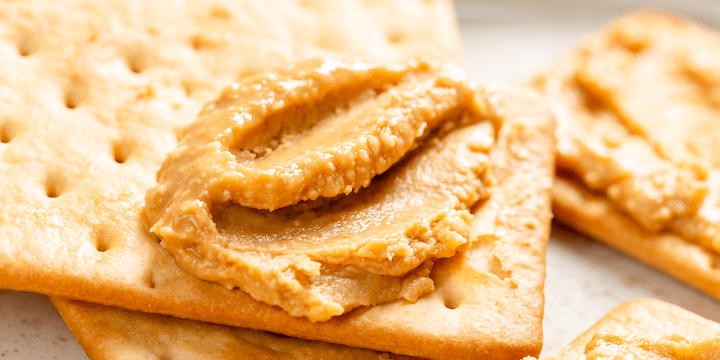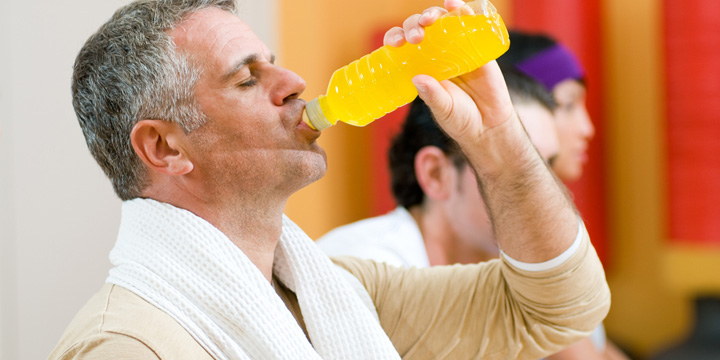
After a workout, you might have noticed that your blood sugar tends to increase or decrease, depending on the activity you do. In general, low-intensity aerobic or cardio-type activity will lower blood sugar and higher intensity aerobic or heavy weightlifting will raise it. Wondering, what foods you should eat after exercise to help manage your blood sugar? Below let’s find out why eating after a workout is sometimes important and what foods you should choose.
When is a post-workout snack important for blood sugar control?
After a workout, your body needs to replenish the energy stores in your body that have been used up during exercise. Foods also contain other nutrients that are important to help your body recover and get stronger after exercise. If you use insulin or medications that can cause a low blood sugar, a snack with carbs and protein is important to prevent blood sugar from dropping post-exercise or overnight. If you’re not at risk of hypoglycemia, a snack isn’t always necessary, especially if your goal is to lose weight. Although it can still be helpful for muscle recovery after longer or more intense activity.
What should you eat after a workout?
If eating soon after a workout, choose foods that contain carbohydrates and protein. As the main energy source in our bodies, carbohydrates help control blood sugar and help replenish the body’s energy reserves post-workout. Protein also plays an important role by repairing and strengthening muscle to support post-workout recovery.
When should you eat after a workout?
Following a more intense workout, research suggests that the best time to eat is within 30–60 minutes, when your muscles are most efficient at absorbing glucose and protein to restore energy and promote repair. If your next meal is coming up soon, that may be enough to support recovery. However, if your next meal is more than one to two hours away, having a post-workout snack is a good idea. This helps reduce muscle breakdown and provides your body with energy. If you can’t eat a meal within two hours after finishing your workout, choose a snack with both carbohydrates and protein. This way you will still get the benefits of food intake without being locked into a strict meal schedule.
What about fluids and electrolytes?
During exercise, our bodies lose water and electrolytes like sodium, potassium and magnesium so it’s essential to replenish these after a workout. For most people with diabetes who are doing light to moderate activity (e.g., walking, cycling, or strength training under an hour), water alone is sufficient. Electrolytes (e.g., sodium, potassium, magnesium) become more important after long endurance exercise, prolonged outdoor activity, or heavy sweating for more than an hour to prevent dehydration and maintain normal muscle and nerve function. Good sources of electrolytes include sports drinks, milk, yogurt and bananas.
What are the best post-workout foods and snacks to keep blood sugar stable?
When looking for the best post-workout recovery foods, it is best to have a balance of carbohydrates and protein.
Here are some great post-workout meals to get you inspired:
Miso Ginger Salmon Sheet Pan Dinner with Broccolini and Sweet Potato – My Diabetes Care Community
Salmon-Stuffed Avocados – My Diabetes Care Community
Mushroom-Walnut Tacos with Beet Slaw – My Diabetes Care Community
Pan Fried Black Bean & Veggie Quesadilla – My Diabetes Care Community
Check out these post-workout snack recipes:
Blueberry Kale Smoothie – My Diabetes Care Community
Quick and Easy Chia Pudding – My Diabetes Care Community
Cottage Cheese Bowl – My Diabetes Care Community
Edamame Hummus Dip – My Diabetes Care Community Pair it with veggies or crackers for a source of carbohydrates.
Final thoughts
When thinking about foods to support body recovery post-workout, focus on including a source of carbohydrate with your protein. Consider adding foods that will also help replenish fluids and electrolytes if needed.
Whether you have diabetes or not, post-workout nutrition doesn’t need to be complicated. Find foods you enjoy to get your key nutrients and then use them to build a balanced meal or snack to support your body’s recovery post-exercise.
Written by: Neha Benwait, Dietitian Student, Toronto Metropolitan University
Reviewed by: Joanne Lewis, Registered Dietitian, Certified Diabetes Educator



